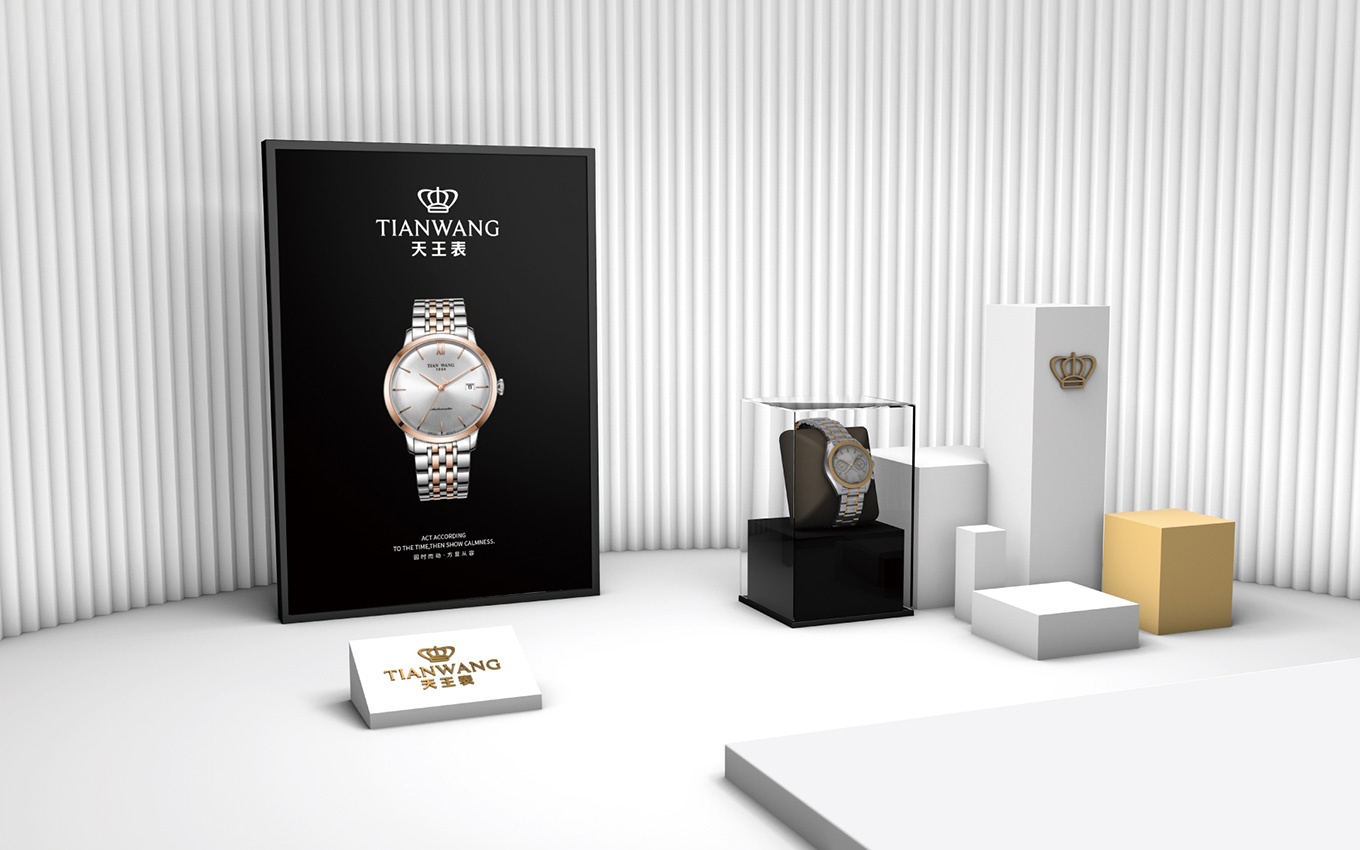
VI design principle is an essential factor in building a brand identity. This article will provide a comprehensive analysis of the three main aspects of VI design and its importance in creating a coherent brand image.
A brand's visual identity is just as crucial as its name, products, and services. VI design refers to the visual elements that a brand uses to represent itself, including logos, typography, color schemes, imagery, and more. A well-designed VI system can help a brand become easily recognizable by its target audience.
There is no doubt that a well-executed VI system helps businesses establish trust and credibility with customers. Moreover, it can evoke an emotional response, which enhances a customer's experience with a product or service. A successful VI system can cultivate a sense of brand loyalty, which encourages customers to pay more for the same product or service and is an effective way to differentiate a brand from its competition.
Designing a VI system is not just about creating aesthetically pleasing graphics; it needs to have a purpose and a strategic plan. The design elements should reflect the brand's personality and values while adapting to the different mediums used to disseminate them, such as websites, business cards, and social media platforms.
The visual components of VI design include logos, typography, color schemes, imagery, and more. A logo is the centerpiece of a brand, and it should be simple, memorable, and versatile enough to be scaled up or down without losing its integrity. The typography used in the design of VI should be clear and easy to read with a consistent style throughout all its materials. Choosing a color scheme is an essential aspect of VI design because colors have psychological connotations and evoke emotions and associations with specific brands. A well-planned color palette can create a psychological connection with consumers.
Imagery, such as photographs, illustrations, or icons, is another critical factor in the design of VI. Choosing the right visuals can help craft a brand's story and build brand recognition. Consistency in the use of all visual elements is crucial. Achieving consistency can involve the use of templates, guidelines, or brand manuals.
One way to maintain consistency in VI design is to develop a comprehensive VI system guideline. These guidelines provide a set of rules for the consistent use and application of all visual elements that make up the VI system. A good guideline will cover all the elements of VI design and serve as a reference for everyone associated with the brand. This includes graphic designers, marketers, advertisers, and any other communicators to ensure consistency in design aesthetics and messaging. A guideline will also help ensure that the brand's image is cohesive and communicate the right message across all platforms and mediums that the brand uses to interact with customers.
Other benefits of having a VI guideline include the reduction of design time and costs, as designers will know exactly what guidelines to follow, increased efficiency, and a cohesive brand image that will distinguish a brand from its competitors. Moreover, a good guideline will help the brand make adaptations to its visual identity without limiting creative expression.
总结:
Building a strong brand identity requires the use of VI principles. A well-designed VI system can make a brand easily recognizable, establish trust with customers, differentiate a brand from its competition, and create an emotional connection. The important elements of VI design include logos, typography, color schemes, imagery, among others. A comprehensive VI guideline can help maintain consistency in VI design across all platforms and mediums, reduce costs, and enhance efficiency.
Furthermore, a brand's visual identity evolves over time, and having a VI guideline helps ensure smooth transitions as the brand undergoes necessary changes.
了解“vi标准设计”后,后面附上UCI深圳vi设计公司案例:

vi标准设计配图为UCI logo设计公司案例
本文关键词:vi标准设计
